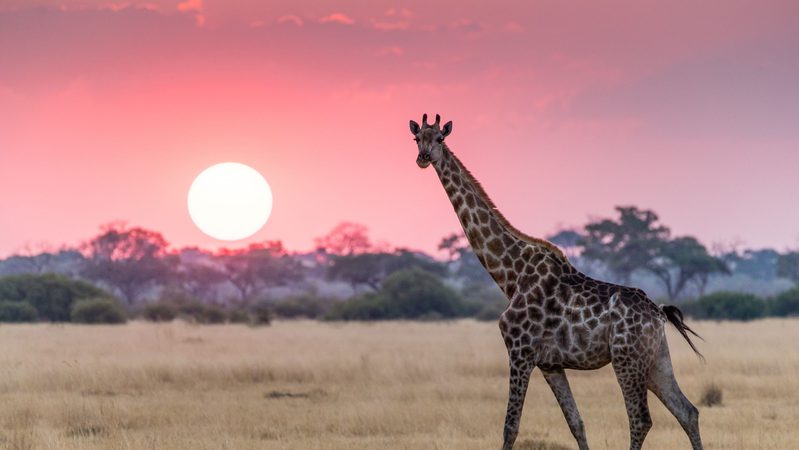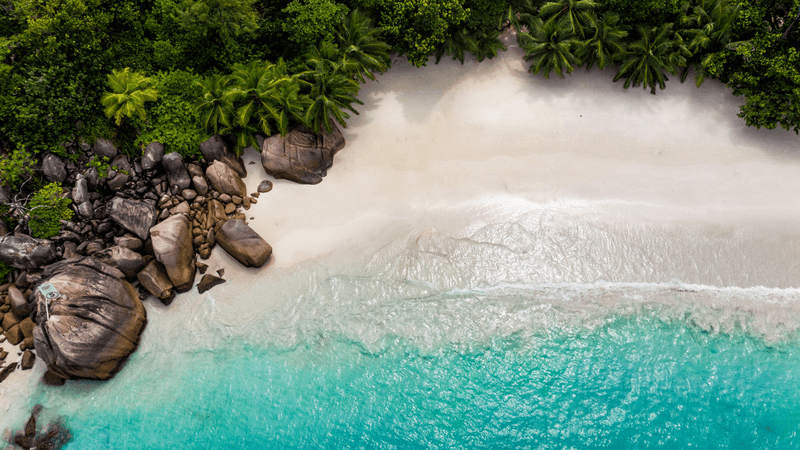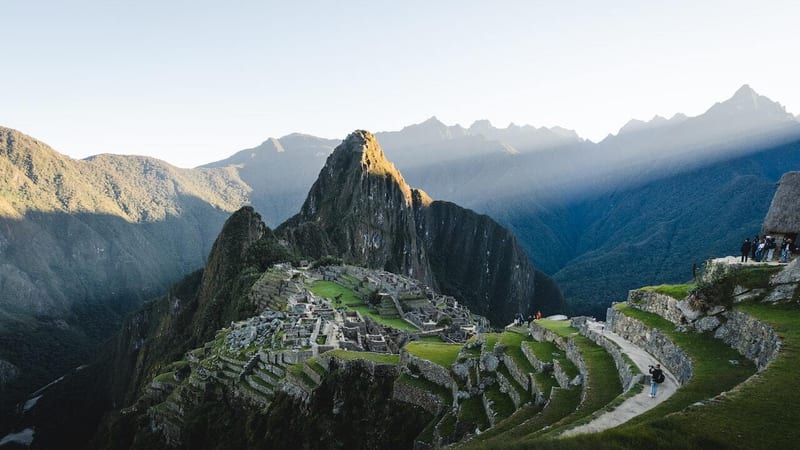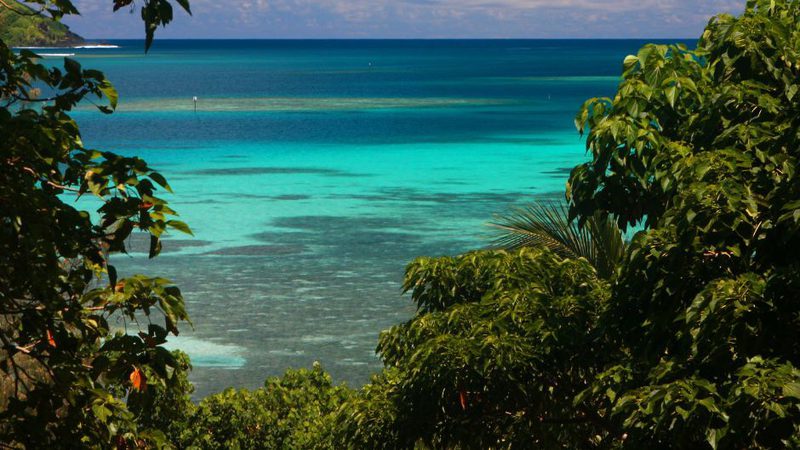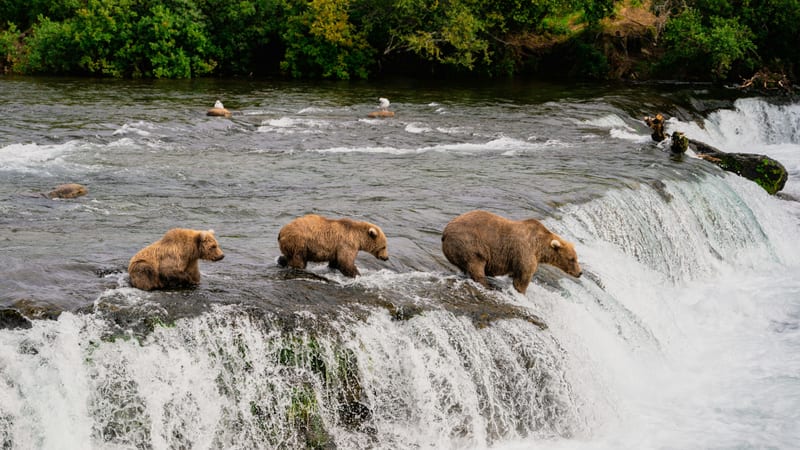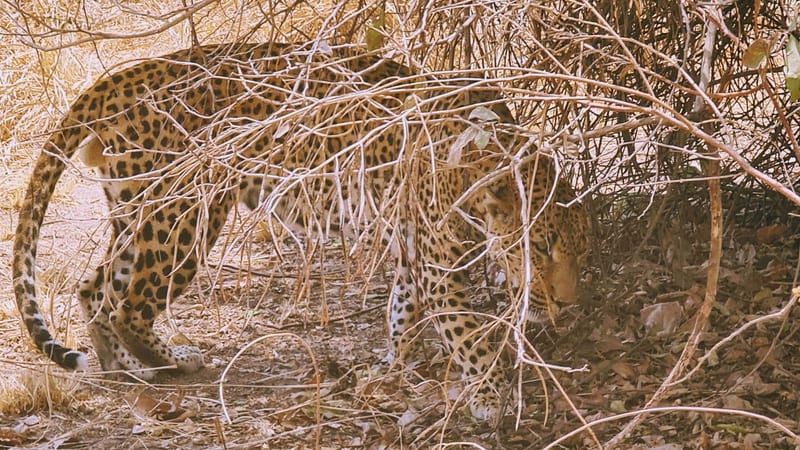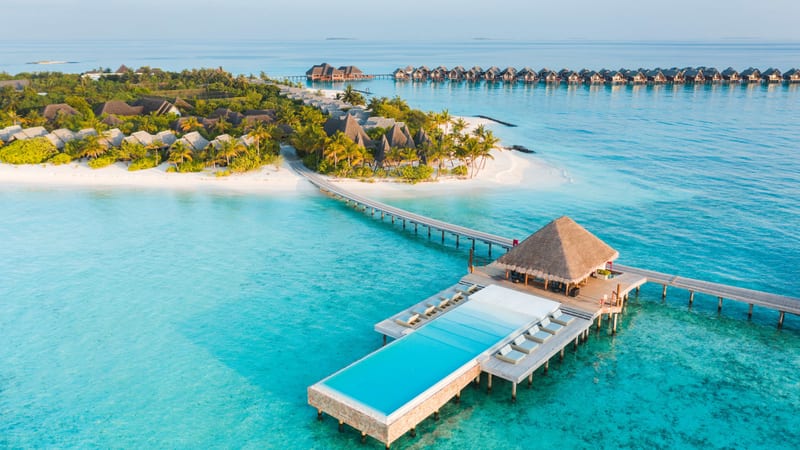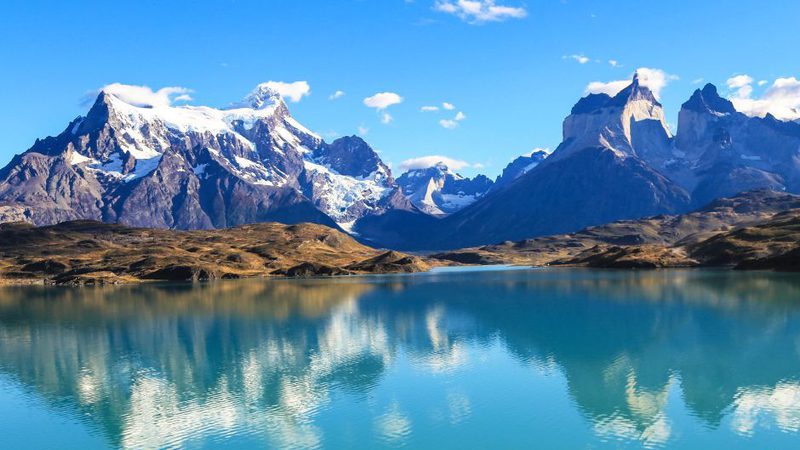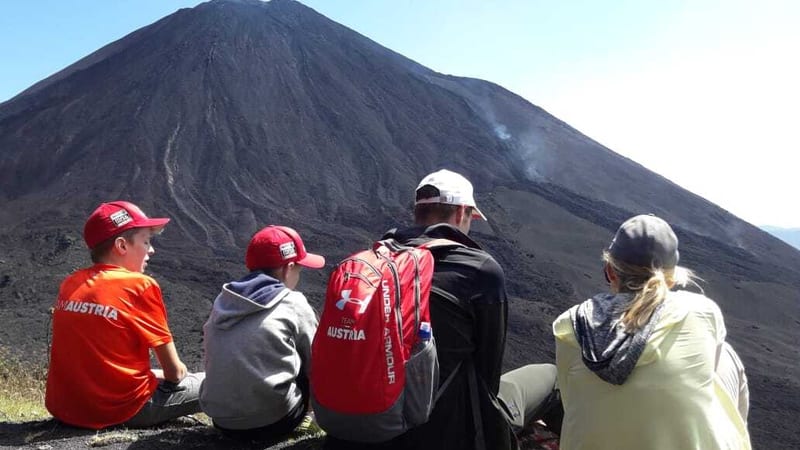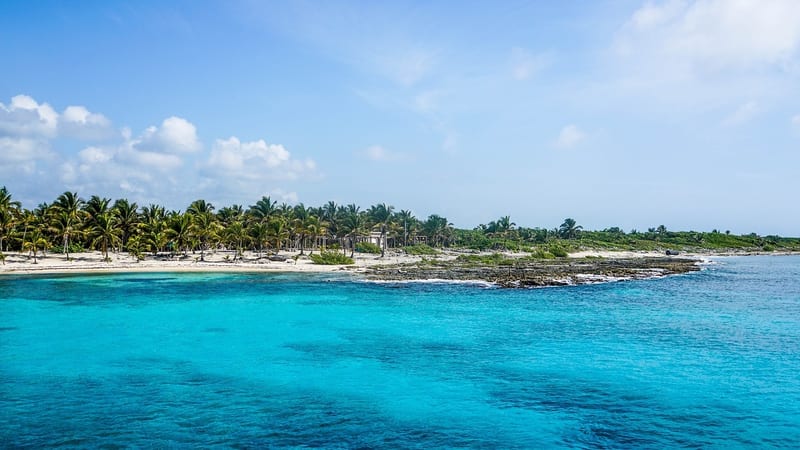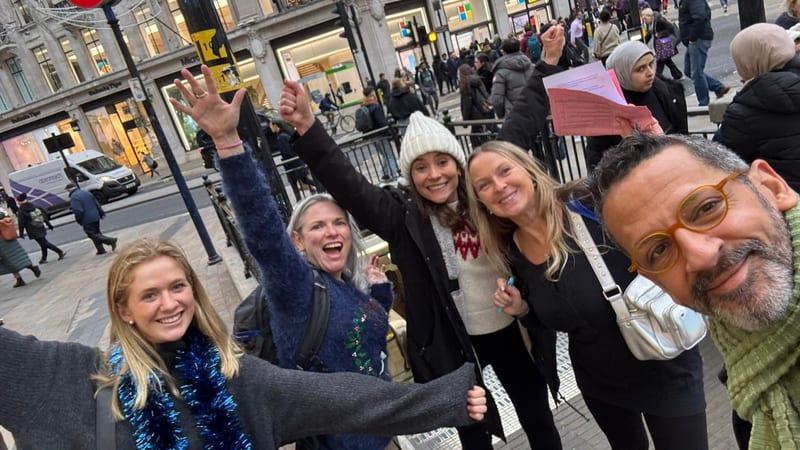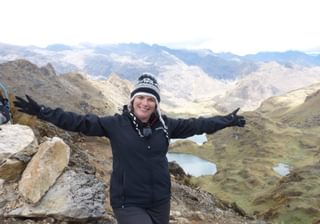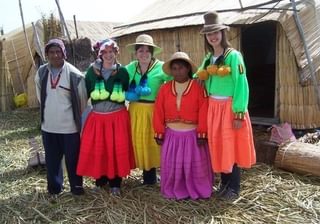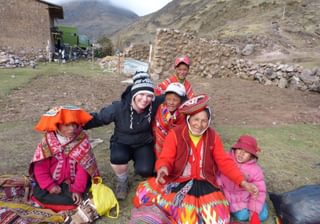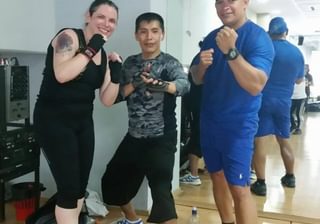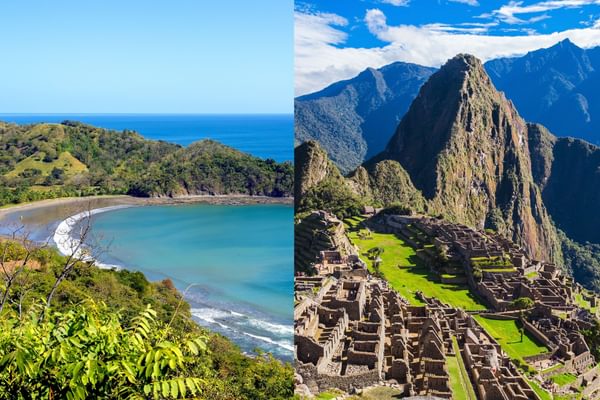Ready to book your South America altitude adventure?
To find out more about booking a Peru Holiday give our experts a call on 01768 603715. Our Latin America experts have spent plenty of time in South America, living and working, so they know exactly how to help you.
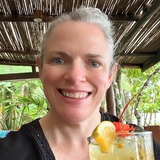
Amanda
Travel Expert
Popular South America adventures
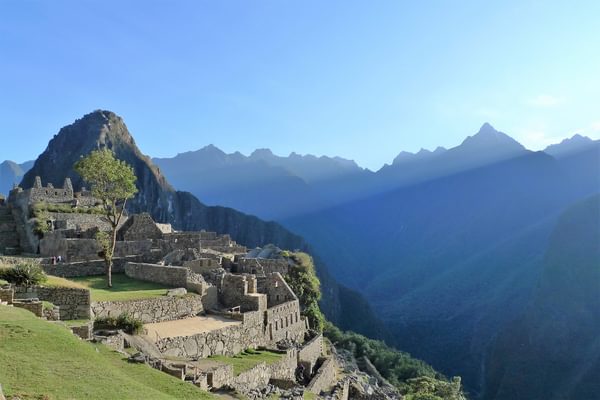
Peru & Bolivia Highlights
- Lima
- Sacred Valley
- La Paz
- Uyuni
- 14 days
- From £4,795 pp.
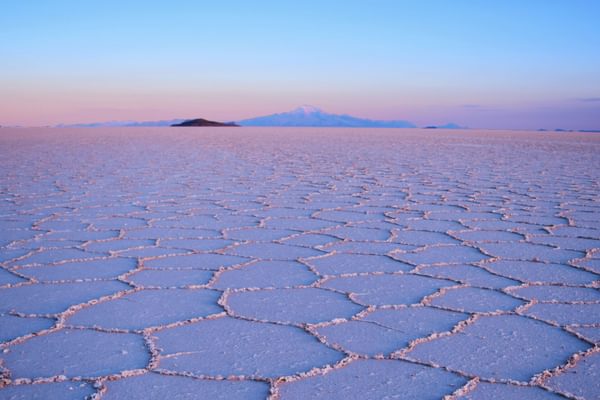
Classic Bolivia
- Santa Cruz
- Sucre
- La Paz
- Uyuni
- Lake Titicaca
- 10 days
- From £2,990 pp.

Chile winelands, Atacama Desert & Bolivia Salt Flats
- Santiago
- Atacama
- Uyuni
- La Paz
- Lake Titicaca
- 12 days
- From £4,200 pp.
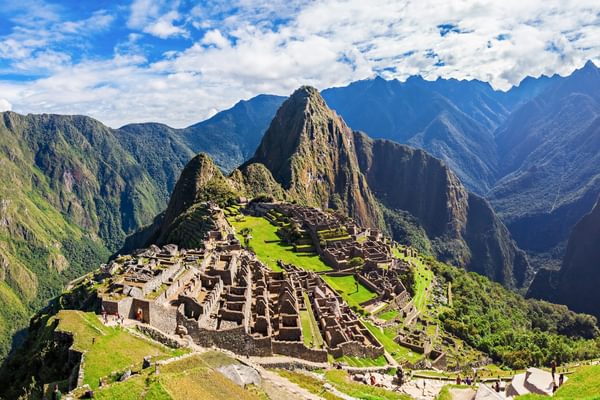
Classic Peru
- Lima
- Amazon
- Sacred Valley
- Machu Picchu
- Cusco
- Lake Titicaca
- 13 days
- From £3,880 pp.

